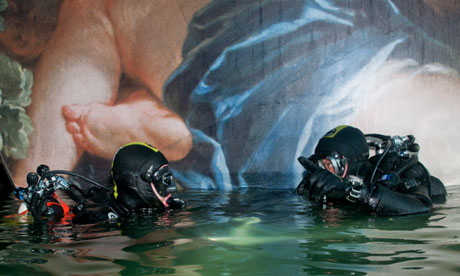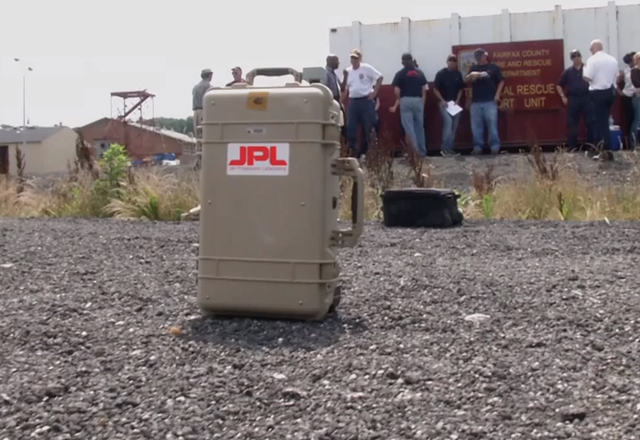
Up to 700 people may have been killed in an earthquake which destroyed thousands of homes and wiped out entire villages in a remote province in Pakistan, doctors have warned.
The doctor in charge of the largest hospital close to the epicentre in Balochistan province told The Daily Telegraph his staff were working in chaotic conditions and with poor facilities to save lives but many victims remain stranded in remote villages beyond the reach of the rescue services.
"It's a complete chaos here at the hospital. And we do not have 4x4 ambulances, so its really tough to reach out to the affected areas, to bring the injured or even the dead bodies to the hospital," said Dr. Noor Baksh Bizenjo, medical superintendent of the district hospital in Arawan.
He was speaking as Pakistan's National Disaster Management Authority (NDMA) confirmed the official death toll had reached 328, with 445 injured being treated at medical facilities, 190 of whom are in a critical condition.

Brigadier Mirza Kamran Zia, director of the MDMA, said it would be three days before rescue specialists were able to reach all the affected areas and assess the full scale of the destruction. Army rescue units are trying to cover 8,000 square miles of one of Pakistan's most remote regions, while satellite and other images will locate the worst hit areas.
"We just can't say how many homes were destroyed. Most of the homes were very small mud houses. In some areas entire villages of a 100 or 200 houses have been razed to the ground. Telecommunications have suffered pretty badly," he said.
The earthquake was of greater magnitude – 7.8 – than the 2005 quake which killed 100,000 people and displaced 3.5 million from their homes along Pakistan's North West frontier and into India's Jammu and Kashmir state.
The first tremors were felt at 4.29pm on Tuesday and caused buildings to shake in Karachi, the Baloch capital Quetta, towns throughout Balochistan and Sindhi and as far away as New Delhi and Dubai. In both Karachi and Ahmedabad in India's Gujarat state office, workers fled buildings in panic.
Casualties are expected to be far fewer than in 2005 because the affected area is remote and sparsely populated with little infrastructure. Officials expect the final number of injured and displaced to be thousands.
Many of them are being treated in small hospitals and clinics in Balochistan's Awaran, Kech and Panchgur districts. An emergency was declared in each of them and in a further three neighbouring districts.
Officials said 30 per cent of homes in Awaran district had been destroyed, but some districts had lost 90 per cent of their buildings.
Pictures and video taken with mobile phones were broadcast on Pakistan's television channels showing lifeless children laid out on the back of a truck, homes reduced to mud bricks and dust blowing in the wind.
Survivors at Arawan's district hospital said they had left people trapped in the rubble of their homes.
"We fear there are people still trapped under the rubble", one resident, Rehmatullah Muhammad Hassani, told Dawn newspaper.
He added that authorities had yet to launch an effective rescue operation to retrieve people stuck under the rubble and that there were too few doctors or surgical facilities to treat those injured.
"There is nothing, patients are dying ... There are no doctors and paramedics," he said.
Villagers in Dalbedi were found by the AFP news agency desperately digging through the rubble with their hands to recover their possessions.
"We have lost everything, even our food is now buried under mud and water from underground channels is now undrinkable because of excessive mud in it due to the earthquake," Noor Ahmed, a 45-year-old farmer, said.
Sayed Essa Nori, a Balochistan member of the National Assembly said the full scale of the Disaster had yet to emerge.
"We are having difficulty reaching all the affected areas. Most of the destruction has happened in far-flung villages in the border area, where there are hundreds still missing, with many villages completely destroyed. Many of the injured already being treated are in critical condition.
Thursday 26 September 2013
http://www.telegraph.co.uk/news/worldnews/asia/pakistan/10334538/700-may-be-dead-in-Pakistan-earthquake-doctors-warn.html






